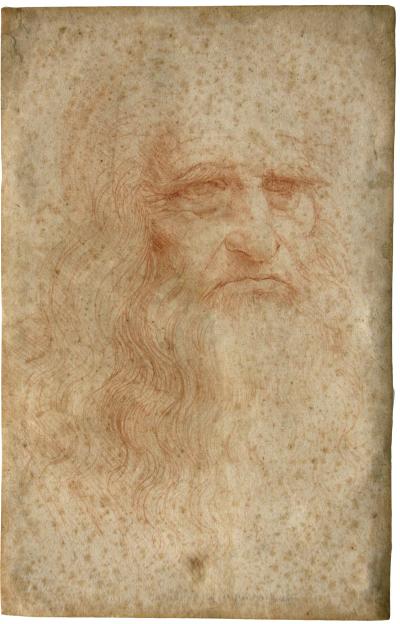The quest to find uses for nanocellulose materials has taken a step forward with some work coming from the University of Maryland (US). From a July 24, 2015 news item on Nanowerk,
Researchers at the University of Maryland recently discovered that paper made of cellulose fibers is tougher and stronger the smaller the fibers get … . For a long time, engineers have sought a material that is both strong (resistant to non-recoverable deformation) and tough (tolerant of damage).
“Strength and toughness are often exclusive to each other,” said Teng Li, associate professor of mechanical engineering at UMD. “For example, a stronger material tends to be brittle, like cast iron or diamond.”
A July 23, 2015 University of Maryland news release, which originated the news item, provides details about the thinking which buttresses this research along with some details about the research itself,
The UMD team pursued the development of a strong and tough material by exploring the mechanical properties of cellulose, the most abundant renewable bio-resource on Earth. Researchers made papers with several sizes of cellulose fibers – all too small for the eye to see – ranging in size from about 30 micrometers to 10 nanometers. The paper made of 10-nanometer-thick fibers was 40 times tougher and 130 times stronger than regular notebook paper, which is made of cellulose fibers a thousand times larger.
“These findings could lead to a new class of high performance engineering materials that are both strong and tough, a Holy Grail in materials design,” said Li.
High performance yet lightweight cellulose-based materials might one day replace conventional structural materials (i.e. metals) in applications where weight is important. This could lead, for example, to more energy efficient and “green” vehicles. In addition, team members say, transparent cellulose nanopaper may become feasible as a functional substrate in flexible electronics, resulting in paper electronics, printable solar cells and flexible displays that could radically change many aspects of daily life.
Cellulose fibers can easily form many hydrogen bonds. Once broken, the hydrogen bonds can reform on their own—giving the material a ‘self-healing’ quality. The UMD discovered that the smaller the cellulose fibers, the more hydrogen bonds per square area. This means paper made of very small fibers can both hold together better and re-form more quickly, which is the key for cellulose nanopaper to be both strong and tough.
“It is helpful to know why cellulose nanopaper is both strong and tough, especially when the underlying reason is also applicable to many other materials,” said Liangbing Hu, assistant professor of materials science at UMD.
To confirm, the researchers tried a similar experiment using carbon nanotubes that were similar in size to the cellulose fibers. The carbon nanotubes had much weaker bonds holding them together, so under tension they did not hold together as well. Paper made of carbon nanotubes is weak, though individually nanotubes are arguably the strongest material ever made.
One possible future direction for the research is the improvement of the mechanical performance of carbon nanotube paper.
“Paper made of a network of carbon nanotubes is much weaker than expected,” said Li. “Indeed, it has been a grand challenge to translate the superb properties of carbon nanotubes at nanoscale to macroscale. Our research findings shed light on a viable approach to addressing this challenge and achieving carbon nanotube paper that is both strong and tough.”
Here’s a link to and a citation for the paper,
Anomalous scaling law of strength and toughness of cellulose nanopaper by Hongli Zhu, Shuze Zhu, Zheng Jia, Sepideh Parvinian, Yuanyuan Li, Oeyvind Vaaland, Liangbing Hu, and Teng Li. PNAS (Proceedings of the National Academy of Sciences) July 21, 2015 vol. 112 no. 29 doi: 10.1073/pnas.1502870112
This paper is behind a paywall.
There is a lot of research on applications for nanocellulose, everywhere it seems, except Canada, which at one time was a leader in the business of producing cellulose nanocrystals (CNC).
Here’s a sampling of some of my most recent posts on nanocellulose,
Nanocellulose as a biosensor (July 28, 2015)
Microscopy, Paper and Fibre Research Institute (Norway), and nanocellulose (July 8, 2015)
Nanocellulose markets report released (June 5, 2015; US market research)
New US platform for nanocellulose and occupational health and safety research (June 1, 2015; Note: As you find new applications, you need to concern yourself with occupational health and safety.)
‘Green’, flexible electronics with nanocellulose materials (May 26, 2015; research from China)
Treating municipal wastewater and dirty industry byproducts with nanocellulose-based filters (Dec. 23, 2014; research from Sweden)
Nanocellulose and an intensity of structural colour (June 16, 2014; research about replacing toxic pigments with structural colour from the UK)
I ask again, where are the Canadians? If anybody has an answer, please let me know.
